Aymeric

AI engineer
Web developer
View My LinkedIn Profile
Master Thesis project
Project description: This is the result of my master thesis work.
1. Context
ML Classifiers are used in medical research for diverse tasks. In my thesis, the goal was to improve on an existing classifier of EEG signals that identifies in which sleep stage an EEG of a newborn corresponds to.
2. Problem
A state-of-the-art EEG classifier already exists for this task, but even though the model used was finely designed, it shows an accuracy of around 70%. Some progress was to be made…
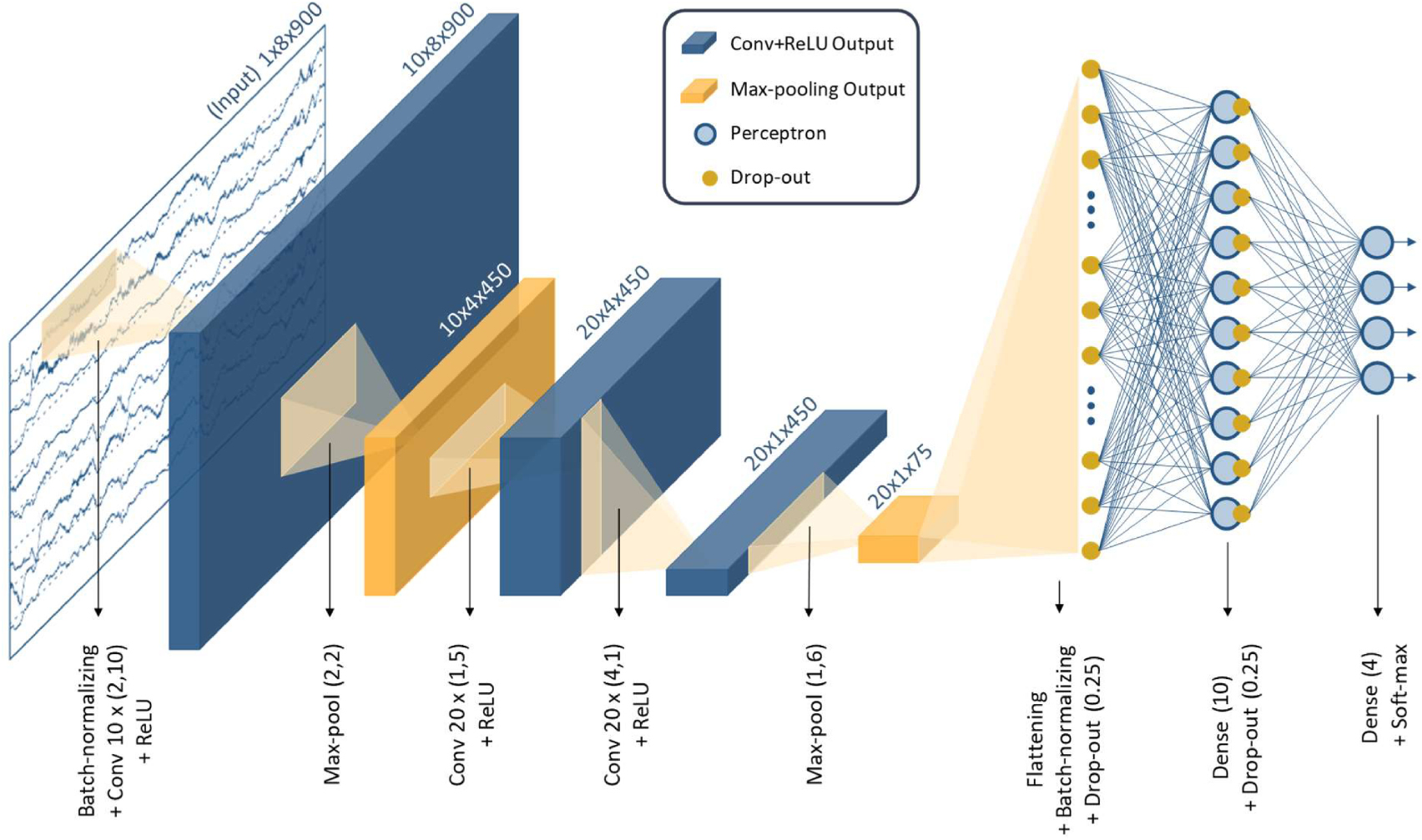
3. Technique used
Although the Deep Learning revolution made possible to solve really challenging and breathtaking tasks, it also involved designing more and more complex architectures, which becomes a bottleneck in term of manual effort. Neural Architecture Search emerged as a solution to this problem by allowing the automated search for a best architecture.
The main idea is to use a neural network (i.e. LSTM) that samples, at each iteration, a new architecture, test it and compute a reward based on it, and updates its own weights according to the reward. It is basically, Reinforcement Learning used as a search strategy.

4. Improvements on NAS
1. A new version of the reward function (enhancement on the Performance Estimation Strategy)
Performance estimation in the context of a NAS consists of estimating the performance of the children as accurately as possible. For a NAS to be enough efficient and to learn fast, one must find ways to quickly estimate the accuracy of each child, one biggest challenge in this regard is to clearly separate between promising children and the others. Instead of using the accuracy directly as the reward, one can use the output of an exponential function of the accuracy, thus amplifying the difference between low and high rewards.
\[\text{Reward}(x) = \frac{1}{(1 + \exp(-x*A+B))} \cdot C\]If we know the accuracy value that separates bads and goods, we can set $\frac{A}{B} = \text{threshold}$ making the function changing its cavity at this value.

2. Efficient Neural Architecture Search (ENAS) implementation
ENAS improves the training phase of the children networks by forcing them to share the weights for the parts they have in common. This technique uses the principles of transfer learning, leveraging the beneficial impact on the training phase by sharing weights between similar (but different) architectures. If one consider the two models below, represented by the red arrows linking the nodes of a DAG (each node is a computational layer, e.g. convolutional, pooling etc.), the thick edges represent the weights that are common to both model, and that ENAS will re-use during training.

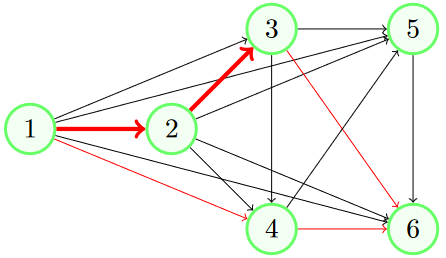
5. Results
The two plots below show the accuracy of the children generated by the NAS over 3500 epochs. On the left, the reward function to update the NAS weights is the identity function, on the right the reward function is the exponential version introduced before, we clearly see the edge of it.
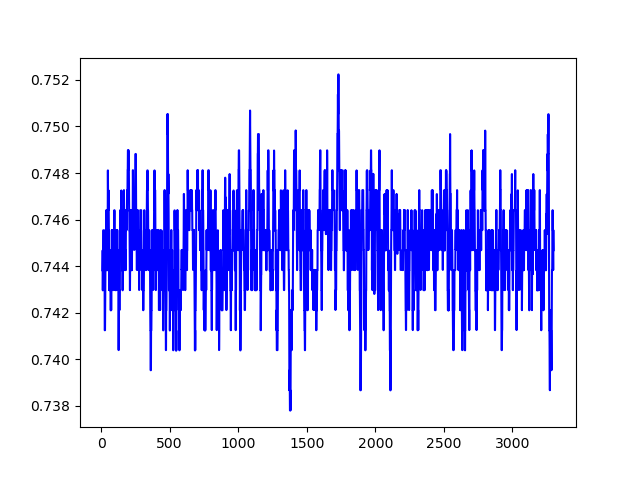
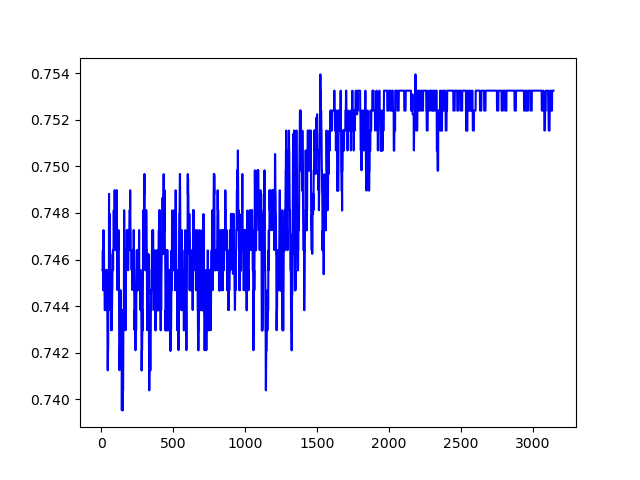
In term of architectures sampled by the NAS after training,the best CNN network sampled were without skip connections, with convolutional layers scanning over 2 EEG channels (space axis), a dilation rate of 4 and 5 time steps (17ms, time axis). The dilation rate of 4 (indicating that the the two channels are speparated by three others) shows that taking into consideration electrods separated by about half the infant skull give better performances
Below are two examples of a NAS output, a best architecture (left) and a fancy architecture with less performance (right).

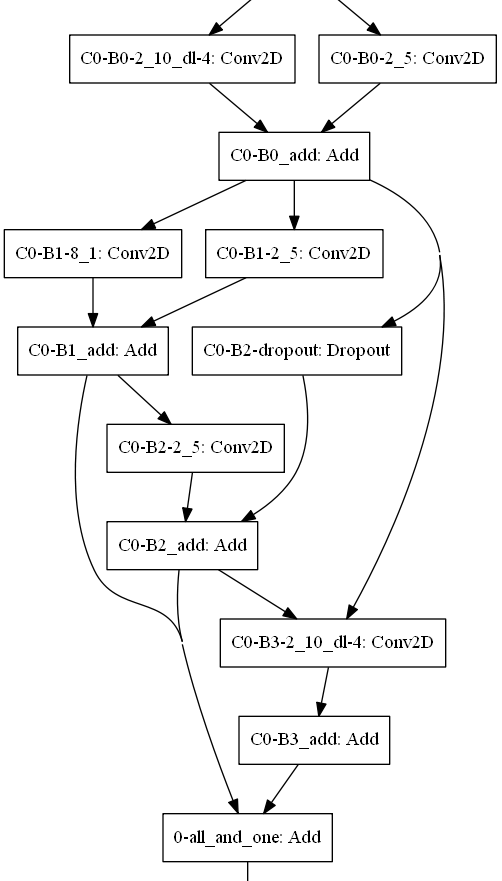
For more details see GitHub Flavored Markdown.